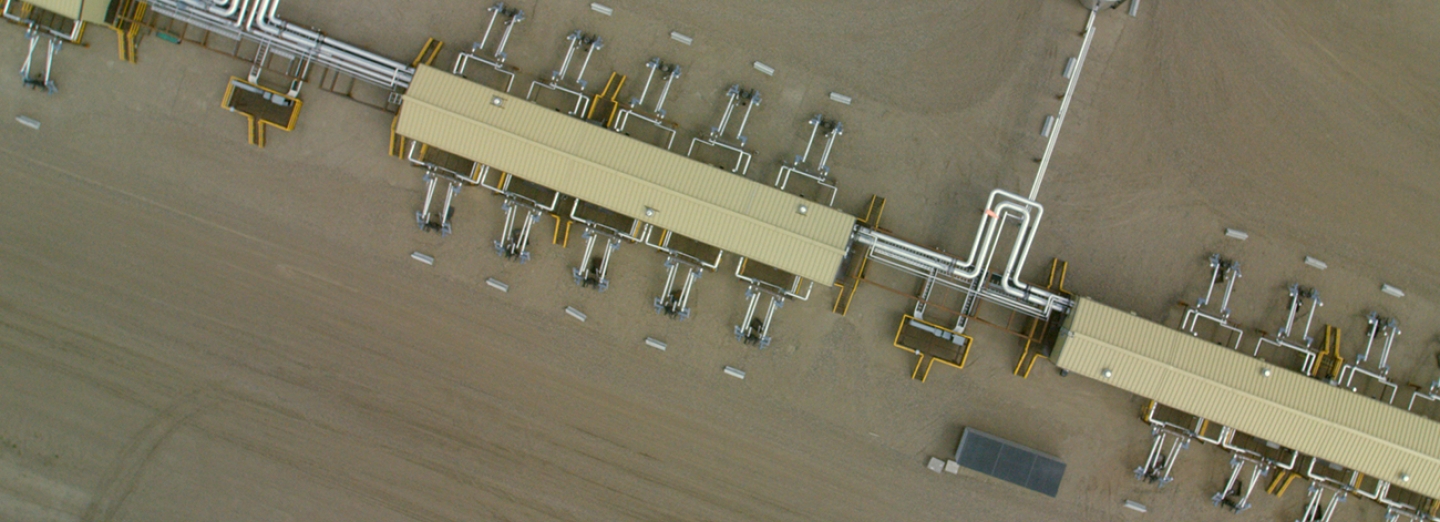For more than a century, oil and gas development in Alberta evolved in what often seemed like a random way: individual wells were drilled, pipelines were constructed, and development was scattered across the province. We regulated development in isolation, assessing each application as it was submitted—one at a time.
But times have changed. Development no longer means single wells dotting the countryside. Development is now happening at a scale much larger than in the past, with multiple wells located on a single pad and pipelines lined up in corridors.
Albertans’ expectations have also changed. They want to know more about where development will occur, how it will happen, and how it might affect them—and they want to be part of those discussions.
Our New Approach: One Application, One Review, One Decision
We’re changing the way we regulate—our processes, the way we make decisions, and the way we communicate with our stakeholders—by looking at the entire life cycle (from start to finish) of an energy project. This transformation starts by changing the way companies submit their applications to us. Instead of submitting several separate applications for each project activity and receiving separate decisions (a bundled approach), companies can submit one integrated application that covers activities over the life of the project and receive separate decisions (a partially integrated approach). Companies can also submit one integrated application and receive decisions in a single approval document (an integrated approach). We will review all aspects of a proposed development at the same time and make one decision.

How It Works
- Companies submit integrated applications through OneStop that cover activities over the life of the project—from construction and operation through to abandonment and reclamation.
- Once we’ve received the application, we review it with the same rigour we use for all energy applications. We examine any risks associated with the project and look at how the operator has engaged with the landowners, indigenous communities, or other stakeholders who could be affected by the proposed development.
- We make a decision at the end of our review:
- If the application meets our requirements, we will issue an approval for the project to proceed. In some cases, we place conditions on the approval that an operator must meet. We may also flag applications so that our experts can conduct additional monitoring or inspections at critical points over the project’s life cycle.
- If the integrated application does not meet our requirements, we will reject it or send it back to the applicant for more work.
For more information on integrated applications for major projects, please visit the Integrated Applications for Major Projects webpage
What’s Currently Being Reviewed Through OneStop
We have already shown success with the release of OneStop. We began using OneStop to revamp the reclamation certificate application process and later started using it to accept pipeline and Water Act applications. We are now working to expand the single-application, single-decision approach to include public lands applications, inspections and audits, and closure activities.
Click on the links below for more information about how our integrated review process applies to the respective applications and submissions:
- reclamation certificate
- pipeline
- Water Act
- integrated applications for major projects
- area-based closure
For a comprehensive list of what is currently being submitted through OneStop, please visit the OneStop webpage.



